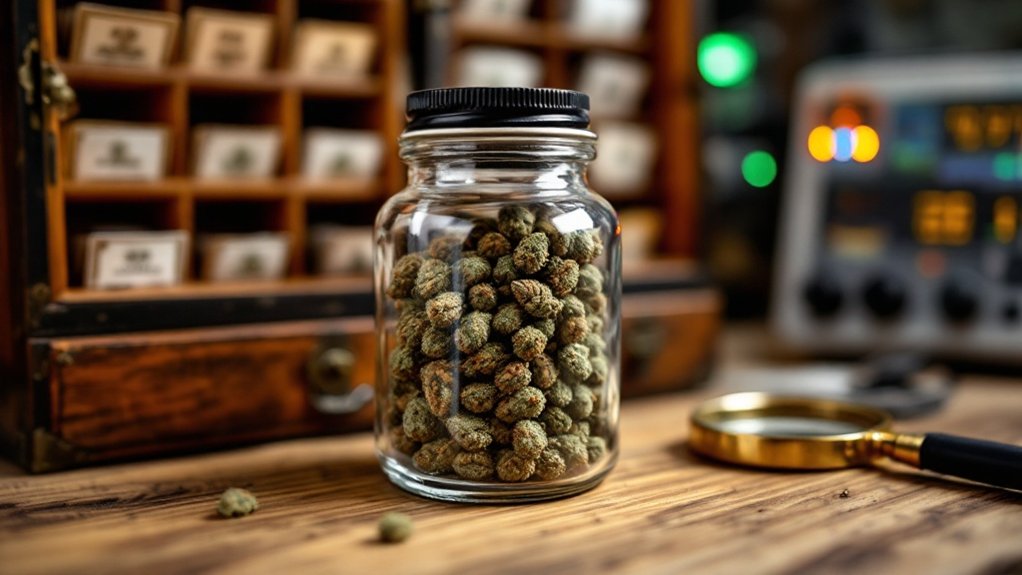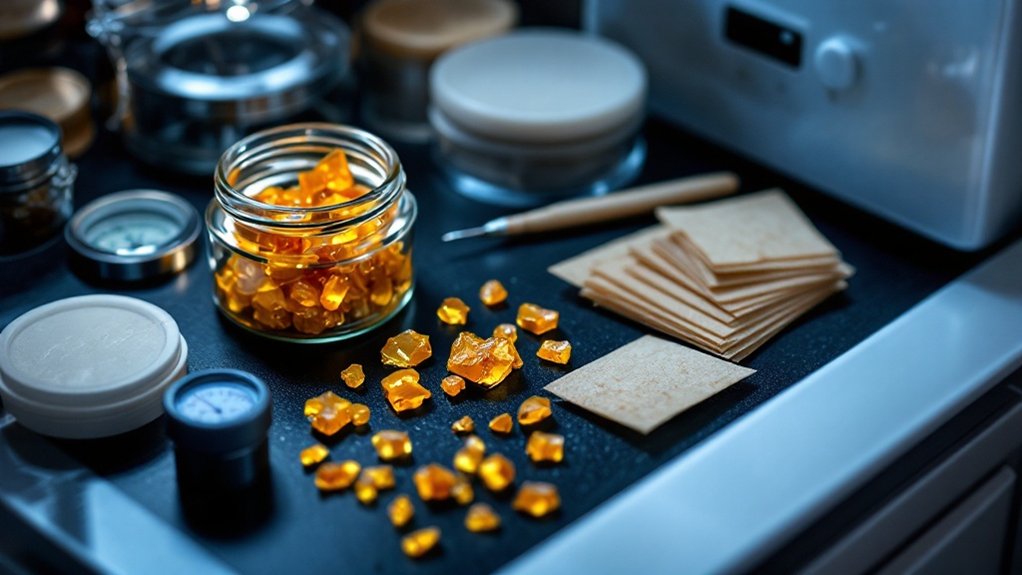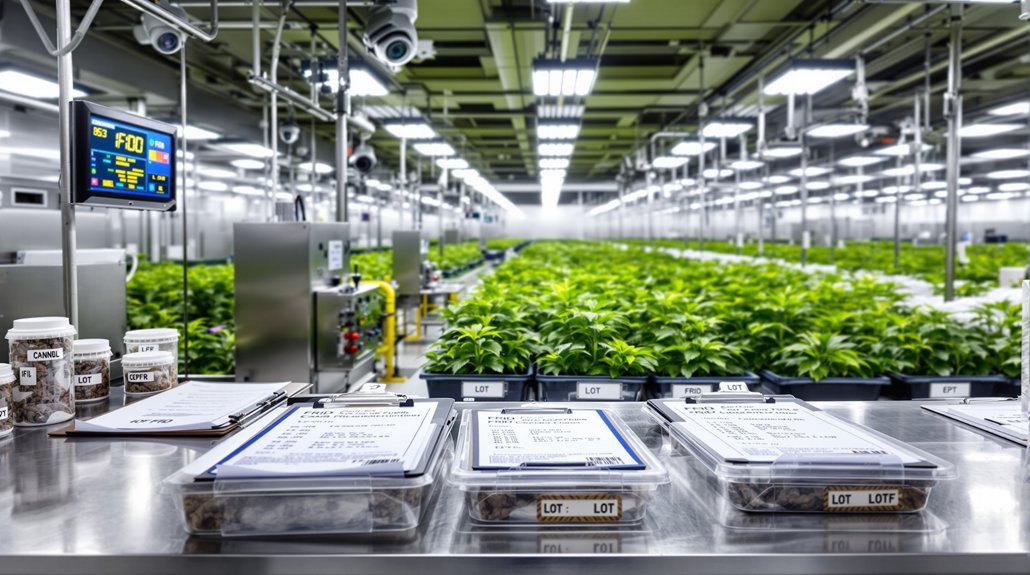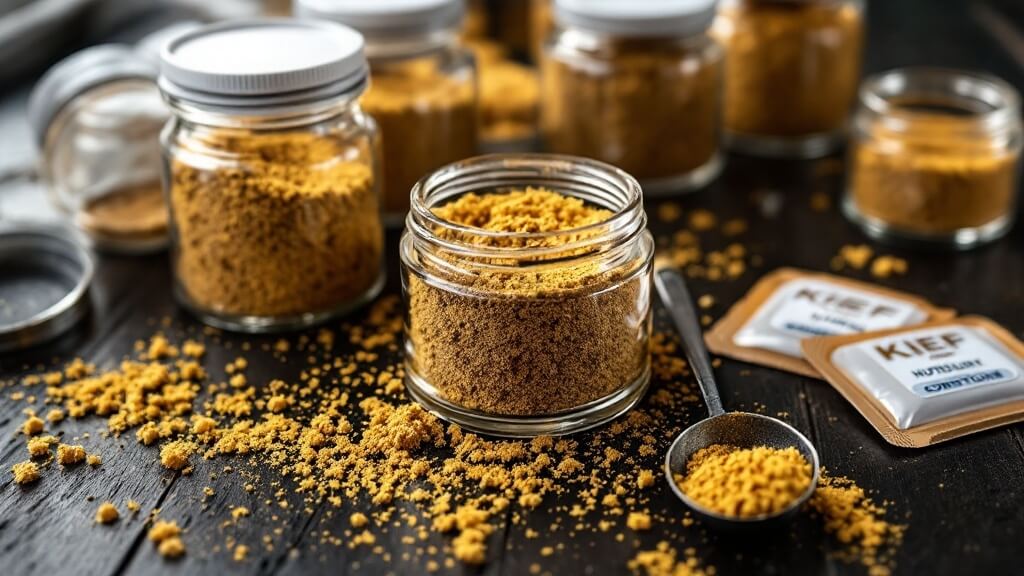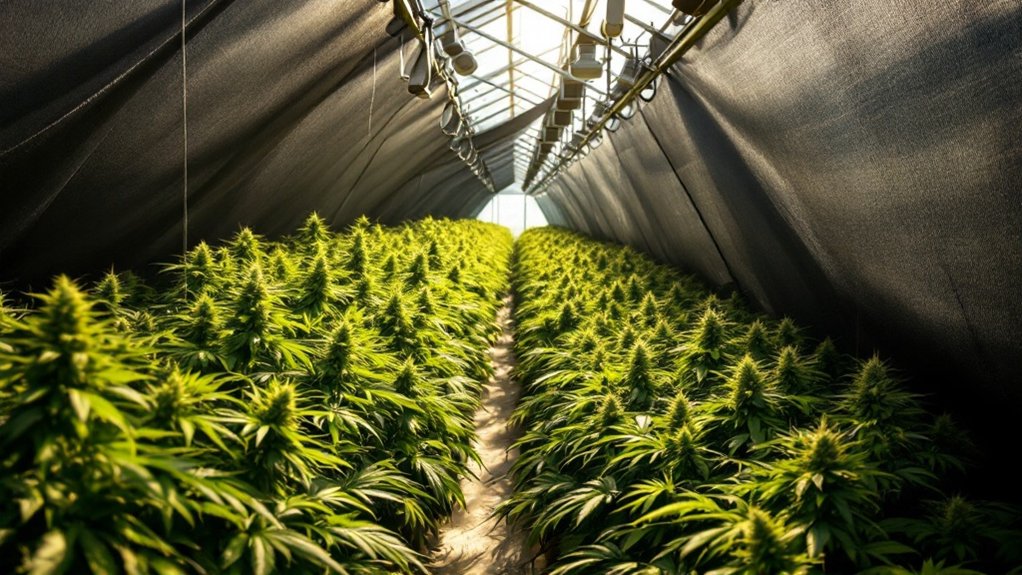Cannabis seed banks function as specialized repositories that preserve genetic diversity while offering cultivators access to a variety of strains. They maintain collections with diverse traits including cannabinoid profiles, growth patterns, and environmental adaptability. When selecting quality genetics, growers must consider seed type (regular, feminized, autoflowering), genetic stability, expected yields, and disease resistance. Professional banks distinguish themselves through testing protocols, proper storage conditions, and thorough strain documentation. Understanding these fundamental aspects enables more successful cultivation outcomes.
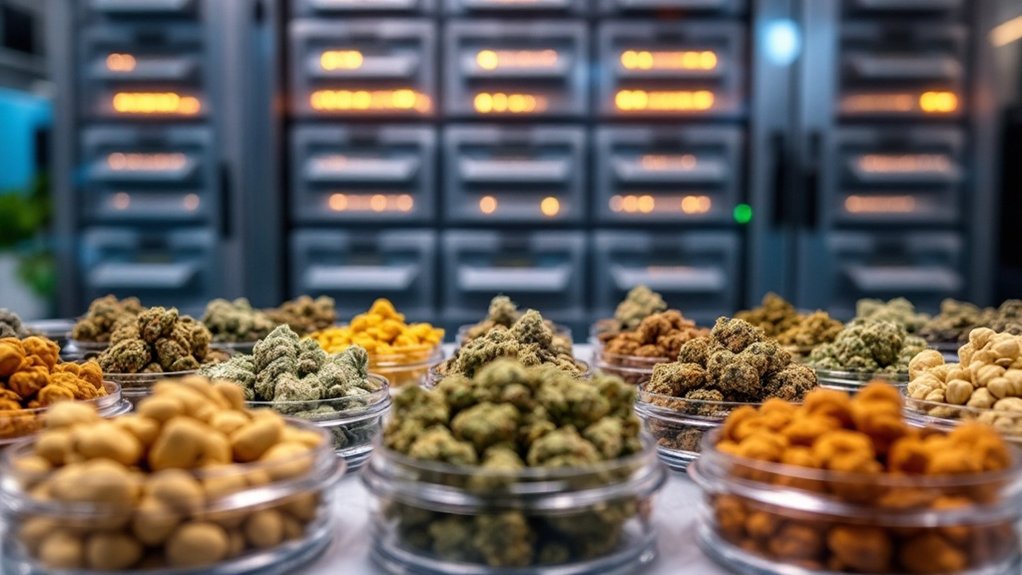
While mainstream agriculture has long relied on seed banks to preserve plant diversity, cannabis seed banks have emerged as specialized institutions that serve the unique needs of cannabis cultivators worldwide. These establishments focus on selling and storing cannabis seeds, often employing sophisticated vault systems to protect genetic material from environmental threats that could compromise seed viability.
Beyond mere retail, cannabis seed banks function as essential repositories that preserve genetic diversity and provide crucial resources for both amateur and professional cultivators. These repositories play a vital role in seed preservation techniques that safeguard against climate change, natural disasters, and man-made destruction. The variety of cannabis strains continues to expand, offering new opportunities for growers to explore unique flavors and effects.
Cannabis seed banks offer several distinct seed types, each with unique characteristics suited for different cultivation objectives. Regular seeds present a 50/50 chance of producing male or female plants, making them particularly valuable for breeders seeking genetic diversity. Feminized seeds, engineered to develop exclusively into female plants, guarantee that every plant in a garden contributes to the final harvest.
Autoflowering varieties initiate their flowering phase based on age rather than changes in light cycles, offering accelerated growth patterns and multiple harvests per season in suitable climates. These seeds combine the resilience of Cannabis Ruderalis with classic strains, making them appealing to novice gardeners.
Genetics form the foundation of successful cannabis cultivation, determining everything from cannabinoid profiles to environmental adaptability. Plants with quality genetics typically demonstrate enhanced disease resistance, consistent potency levels, and predictable flowering times.
Reputable seed banks provide genetically stable seeds that produce uniform results, allowing growers to make informed decisions about which strains will best suit their specific cultivation parameters and intended outcomes.
F1 seeds represent a particularly valuable offering from many seed banks. These first-generation hybrids result from crossing two distinct cannabis varieties and typically exhibit hybrid vigor—manifesting as increased resilience, higher yields, and improved pest resistance compared to later generations.
Their uniform growth patterns make cultivation more predictable, while their genetic makeup often represents the cutting edge of cannabis breeding programs.
When selecting cannabis seeds, cultivators must consider several criteria including photoperiod dependency, expected gender ratios, and flowering triggers. The intended use—whether for breeding, yield maximization, or low-maintenance cultivation—should guide seed selection, as should compatibility with the available growing environment.
Leading seed banks not only provide these specialized seeds but also offer genetic testing services to verify strain authenticity, educational resources on cultivation techniques, and ideal storage conditions to maintain seed viability for extended periods. These banks often showcase a wide range of cannabis strains to meet diverse consumer preferences.
Frequently Asked Questions
How Do I Germinate Cannabis Seeds Properly?
Cannabis seeds germinate best in dark, warm (21°C/70°F) environments with consistent humidity.
The paper towel method involves placing seeds between damp paper towels on a plate, covering them, and checking regularly until sprouts appear.
Alternatively, seeds can be soaked in water for 24 hours, optionally with hydrogen peroxide added to enhance germination rates and reduce contamination.
Both methods require monitoring moisture levels without overwatering, as excess moisture reduces success rates.
Are There Legal Risks When Ordering From International Seed Banks?
Ordering cannabis seeds internationally presents significant legal complications.
Purchasers face potential customs seizures, as federal law prohibits importing cannabis seeds regardless of local state laws. Seeds intercepted at borders are typically confiscated without refund, resulting in financial loss.
In addition, depending on jurisdiction, individuals may face criminal charges for importation, possession, or intent to cultivate. Regulatory differences between countries create additional compliance challenges, and enforcement intensity varies considerably by region.
Domestic seed bank options generally present fewer legal entanglements.
What’s the Difference Between Regular, Feminized, and Autoflowering Seeds?
Regular cannabis seeds have a roughly 50% chance of producing male or female plants, requiring growers to identify and remove males before they pollinate females.
Feminized seeds are genetically modified to produce only female plants, which are the bud-producing plants most cultivators desire.
Autoflowering seeds, containing Ruderalis genetics, automatically shift to flowering based on age rather than light cycles, allowing for faster harvests regardless of photoperiod conditions.
How Long Can Cannabis Seeds Be Stored Before Losing Viability?
Cannabis seeds maintain viability for varying durations depending on storage conditions.
At room temperature, seeds typically remain viable for 1-2 years, while refrigeration at 4°C extends this to 2-5 years.
Proper freezing can preserve seeds for 5-8 years, and under ideal conditions (cool, dark, dry, airtight storage), viability can extend to 20-30+ years.
Even after 5+ years of refrigeration, growers can expect germination rates of approximately 50% or higher from properly stored seeds.
Why Are Some Cannabis Seed Strains Significantly More Expensive Than Others?
Cannabis seed strain pricing varies markedly based on several key factors.
Genetic complexity and development costs drive higher prices for award-winning or rare strains with unique characteristics and potent THC levels.
Market dynamics, including supply shortages and new strain introductions, create temporary price fluctuations.
Production factors such as feminization, yield potential, and testing requirements add to costs.
External influences like legal status, growing environment restrictions, and brand reputation further differentiate pricing across the $5-30 per seed range.
Looking for more information about cultivation? Check out our Guide to Cannabis Cultivation: Technology & Innovation.
